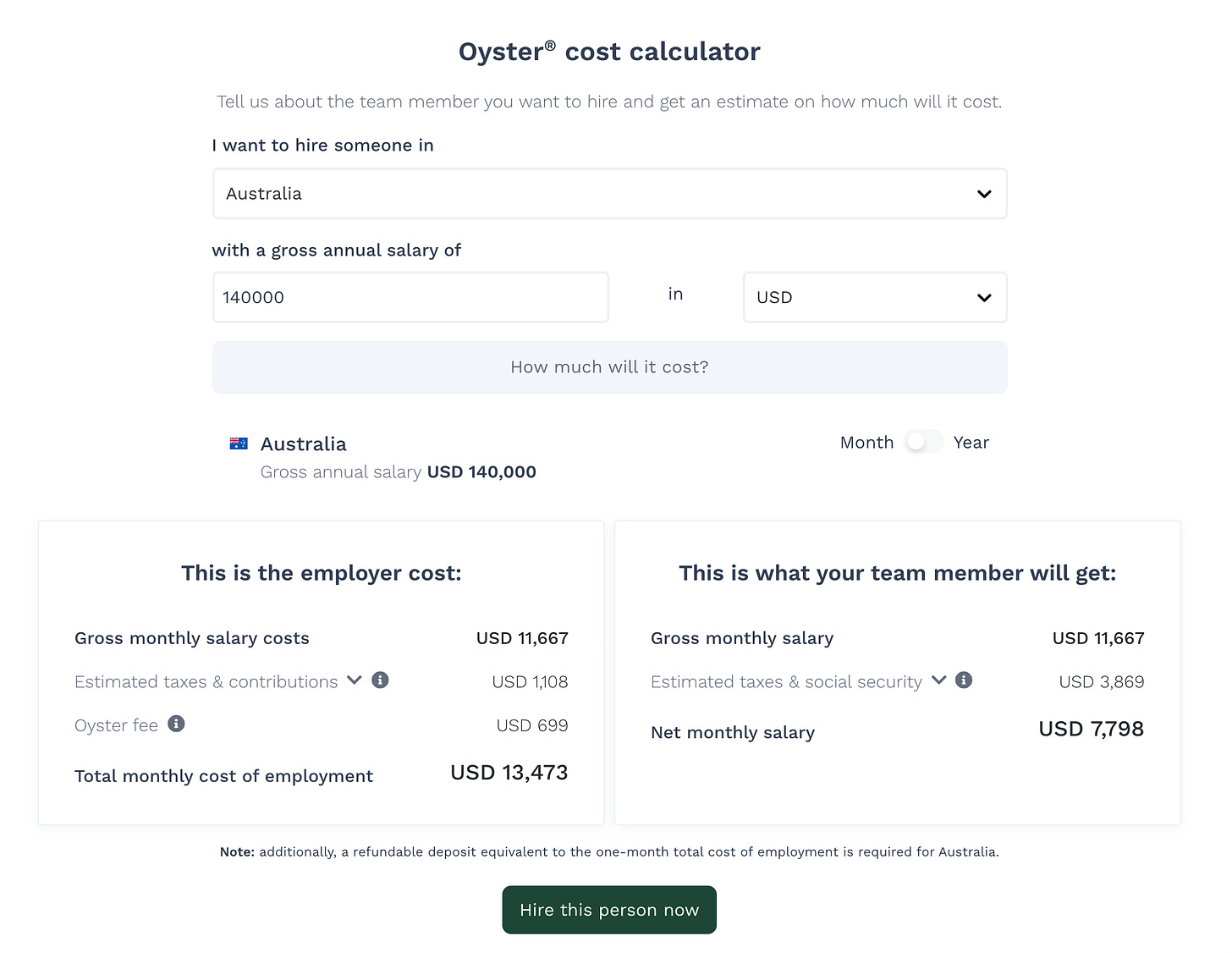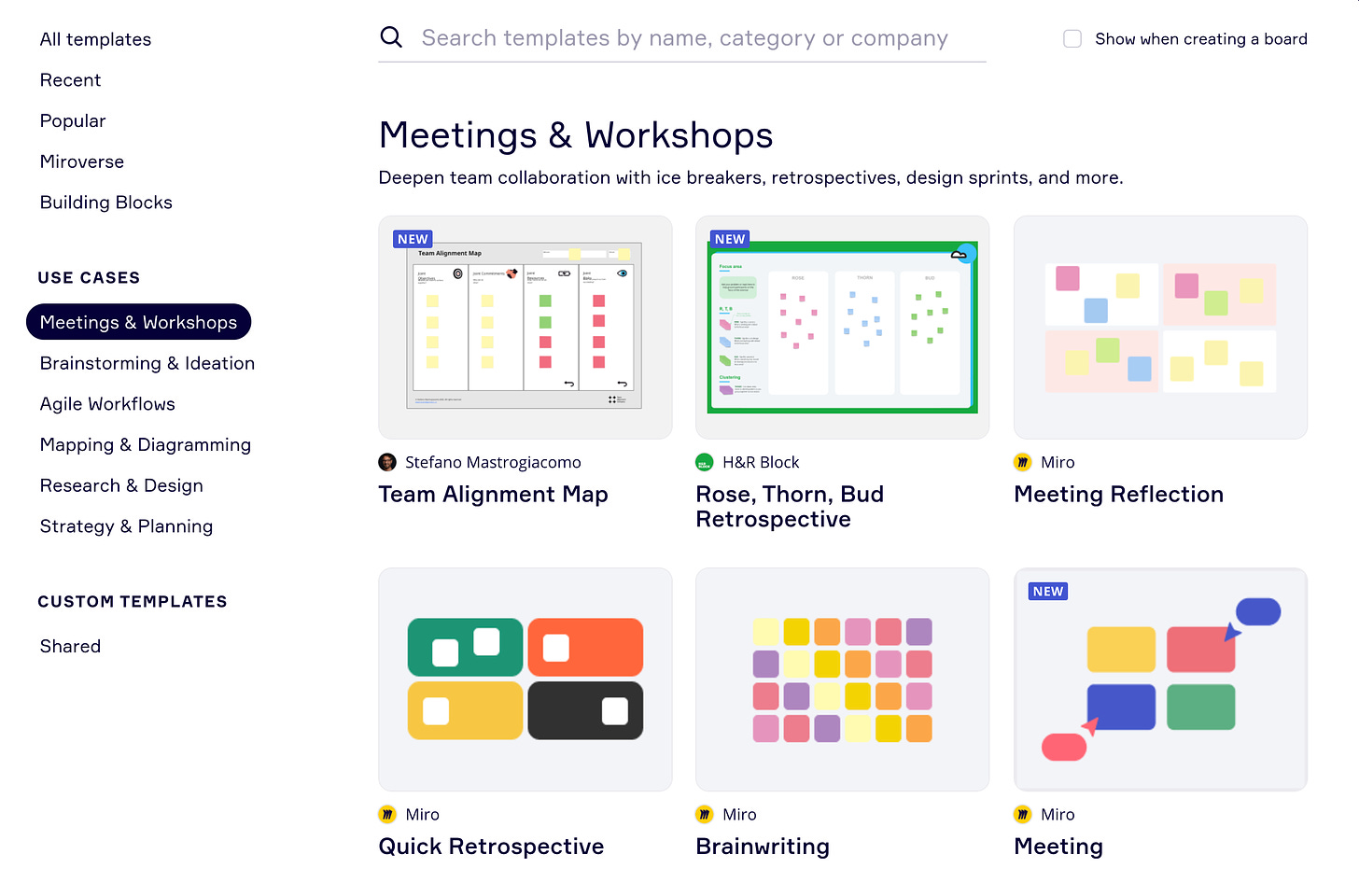Thank you for being part of this newsletter. Each week, I share playbooks, case studies, stories, and links from inside the startup marketing world. You can click the heart button 💙 above or below to share some love. And you can reach out to me anytime at hello@kevanlee.com. I’d love to hear from you.
Links that are worth your time:
Top 10 interview questions a VP of Marketing should prepare for
Why it’s so difficult to build teams in fast-growing companies
Hi there 👋
My son drew me an intriguing puzzle the other day (see below). The challenge: How many squares are there? I thought I had nailed the correct answer only to find out that I was way off. So I thought I’d share it with you, knowing that you all are a super smart bunch.
The answer is at the bottom of the email. :)
Wishing you a great week,
Kevan
Community-Led Growth (2021—)
When it comes to go-to-market motions and growth strategy …
We’re all familiar with traditional B2B sales.
Everyone knows about Product-Led Growth.
What’s the next big thing?
I’m notoriously spotty with predictions (example here) but never shy to share my ideas. And there’s one idea that’s been swimming around my head for where SaaS growth strategy might head next: community-led growth.
Let me explain …
What is Community-Led Growth?
Many companies today either do sales-led growth, product-led growth, or some combination of the two. We were fully product-led at Buffer, and both Polly and Oyster have a mix of sales-led and product-led.
These GTM motions are quite distinct from one another. A community-led growth motion would be distinct as well. Here’s how I see it:
Sales-led: Your sales team sells the product for you
Product-led: Your product experience sells the product for you
Community-led: Your community of advocates and champions sells the product for you
The growth driver shifts from your people (sales-led) to your pixels (product-led) to your audience (community-led).
Community-led growth is a GTM strategy where you engineer ways to delight your audience, activate your advocates, and assist them in scaling the growth of your business and their rewards.
Community-led growth is more than:
community-building in a Slack or Discourse
a referral program or affiliate program
word-of-mouth
These elements can be used to delight, activate, and assist, but on their own, they are marketing channels or growth loops that lack the broader GTM perspective. In many ways, community-led growth is similar to developer marketing in that you are authentically engaging with a group of like-minded people who share common goals or values.
Let me break it down a bit further …
Delight your audience
Delight can also be a core element of a product-led growth strategy. Most people — me included — find it delightful when you remove friction in my product journey.
In the case of community-led growth, “delight” ties into a great product experience, yes, but it also fundamentally seeks delight beyond the login, focusing on the beginning and the end of the customer journey.
At the beginning of the customer journey, community-led growth:
solves problems and delivers value for tangential Jobs-To-Be-Done. Often, engineering-as-marketing is the strategy here. For instance, HubSpot builds a website grader for a JTBD tangential to its core product. Oyster builds a cost calculator for a JTBD that comes earlier than the core JTBD within the product.
brings people together around common narratives. This could be a combination of event marketing, thought leadership, social good, etc. The point is that this happens outside of the core product experience but still brings people together for a shared cause.
At the end of the customer journey, community-led growth:
creates opportunities to deepen a relationship between customer and company. Oftentimes, we stop investing in our SaaS relationships when someone pays us. With community-led growth, you continue to build value for the customer past the point of payment. Recognize their longevity with your product, invite them onto customer councils, give them previews of upcoming feature releases, send cool swag. :)
Activate your advocates
If you’ve invested in the delight portion of community-led growth, then you should have a group of happy advocates who are more than willing to share about your company. These advocates don’t even necessarily have to be customers — for instance, at Buffer, many active audience members loved us for our brand or our mission, regardless of whether they used the product.
You can consider someone activated when they proactively share about you.
You can get them active by giving them something to do — sharing about you, building off your API, creating value for the community via forum answers or new templates.
Here are a couple ideas:
Showcase social proof through a “wall of love”
Create viral loops in your “delight” projects that bring value to the community (not just a social share button, in other words). Example: Miro, Airtable, and others allow you to create your own templates within their product, and you can share them out
Assist them in scaling
And finally, after they’ve been delighted and activated, you can think about scaling. When doing so, think about scaling not only your own company growth but also the value that they receive as part of your audience.
Figma does this in a couple of unique ways. First, they have a robust online community space where users answer common Figma questions. The beauty is that these answers are indexed by Google and discoverable via search — a powerful community-generated content loop.
In addition, Figma has community built into its product through its ecosystem of user-made plugins and templates. Any given week on Product Hunt, there seems to be a new Figma plugin being launched. And it’s beginning to be the case that if you need a certain type of file designed, there’s a user-made template already built.
In both cases, Figma wins because of an expanded market presence, and its community wins because of the additional social capital from answering questions or having a template or plugin highlighted.
Over to you
I’ve laid out the bones of a Community-Led Growth strategy here, but it’s very early days. Does this idea resonate with you? Are there examples you’ve seen from other SaaS companies that are doing community-led GTM in a unique way?
I’d love your feedback.
P.S. The answer to the squares puzzle? 40.
About this newsletter …
Each week, I share playbooks, case studies, stories, and links from inside the startup marketing world. If you enjoy what’s in this newsletter, you can share some love by hitting the heart button at the top or bottom.💙
About Kevan
I’m a marketing exec who specializes in startup marketing and brand-building. I currently lead the marketing team at Oyster (we’re hiring!). I previously built brands at Buffer, Polly, and Vox.
Not subscribed yet? No worries.
I send a free email every week or so. You can check out the archive, or sign up below:
Already subscribed? You’re in good company …
I’m lucky to count thousands of subscribers as part of this list, including folks from awesome tech companies like these:
Thank you for being here! 🙇♂️







